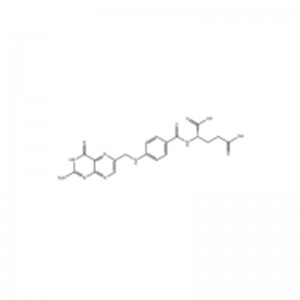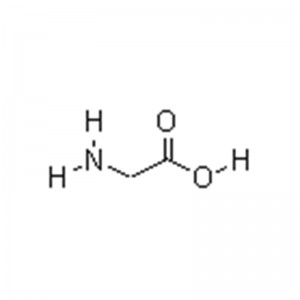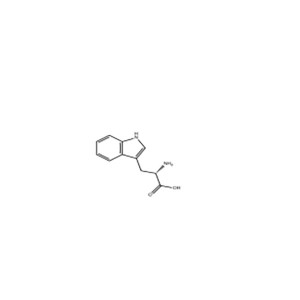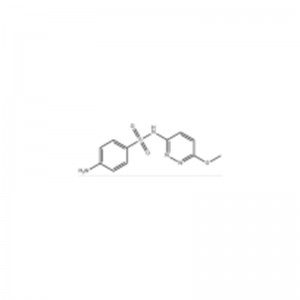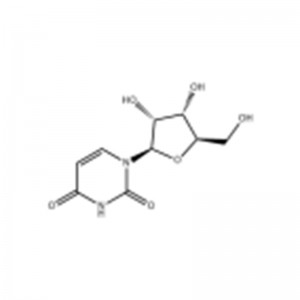
Products
Tert-Butyl Bromoacetate
Structural Formula
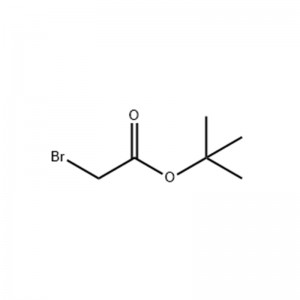
Physical
Appearance:clear Colorless To Yellow Liquid
Density:1.338
Melting Point:44-47 °c
Boiling Point:50 °c10 mm Hg(lit.)
Refractivity:n20/d 1.445(lit.)
Flash Point:121 °f
Weight:1.333 (20/4℃)
Storage Condition :0-6°c
Morphology:liquid
Safety Data
Hazard category:ADR/RID: 8 (3), IMDG: 8 (3), IATA: 8 (3)
Dangerous goods transport no::ADR/RID: 2920, IMDG: 2920, IATA: 2920
Packaging categories:ADR/RID: II , IMDG: II, IATA: II
Application
1.This product as a intermediate for Rosuvastatin calcium
2.This product is mainly used for synthetic organic compounds
First Aid Measures
Skin contact: Remove contaminated clothing immediately and flush with plenty of running water for at least 15 minutes. Seek medical attention.
Eye contact: Immediately lift eyelids and flush thoroughly with plenty of running water or saline for at least 15 minutes.
INHALATION: Remove from the scene to fresh air quickly. Keep airway open. If breathing is difficult, administer oxygen. If breathing stops, give immediate artificial respiration. Seek medical attention.
Ingestion: Rinse mouth with water and give milk or egg white. Seek medical attention.
Emergency response to spill
Quickly evacuate people from the spill contaminated area to a safe area and isolate and strictly limit access. Cut off sources of ignition. Advise emergency responders to wear self-contained positive pressure respirators and protective clothing. Do not come into direct contact with the spill. Cut off the source of the spill if possible. Prevent flow into restricted spaces such as sewers and flood drains.
Small spills: adsorb or absorb with sand or other non-combustible materials. It is also possible to scrub with an emulsion made from a non-flammable dispersant and dilute the wash into the waste water system.
Large spills: Construct a berm or dig a pit to contain it. Cover with foam to reduce the vapour hazard. Transfer by pump to tanker or special collector for recycling or transport to waste disposal site.
Handling disposal storage
Operating precautions: Keep tightly closed and provide adequate local exhaust and general ventilation. Operators must be specially trained and follow strict operating procedures. It is recommended that operators wear self-absorbing filtered gas masks (half masks), chemical safety glasses, anti-permeation overalls and rubber oil resistant gloves. Keep away from fire and heat sources and smoking is strictly prohibited in the workplace. Use explosion-proof ventilation systems and equipment. Prevent leakage of vapours into the workplace air. Avoid contact with oxidising agents, acids and alkalis. Handle lightly and prevent damage to packaging and containers. Equip with the appropriate variety and quantity of fire-fighting equipment and spill response equipment. Empty containers may contain residual harmful substances.
Storage precautions: Store in a cool, ventilated warehouse. Keep away from fire and heat sources. Keep containers sealed. Store separately from oxidisers, acids, alkalis and edible chemicals and do not mix them. Use explosion-proof lighting and ventilation facilities. Prohibit the use of spark-prone machinery and tools. The storage area should be equipped with spill response equipment and suitable shelter materials.



